Flat Spots on Tyres: Causes, Symptoms, and Fixes
What Is Flat Spotting on Tires
Flat spotting occurs when a tire sits in one position for a long time, usually in a garage or a parking spot, causing a flat area to form on the tread. This often happens in cold weather or when air pressure is too low. It can also result from emergency braking, leading to uneven wear. Drivers may notice vibrations while driving, reduced steering capabilities, or a loss of a smooth ride. Flat spotting can cause long-term car issues if ignored, affecting overall vehicle safety and performance.
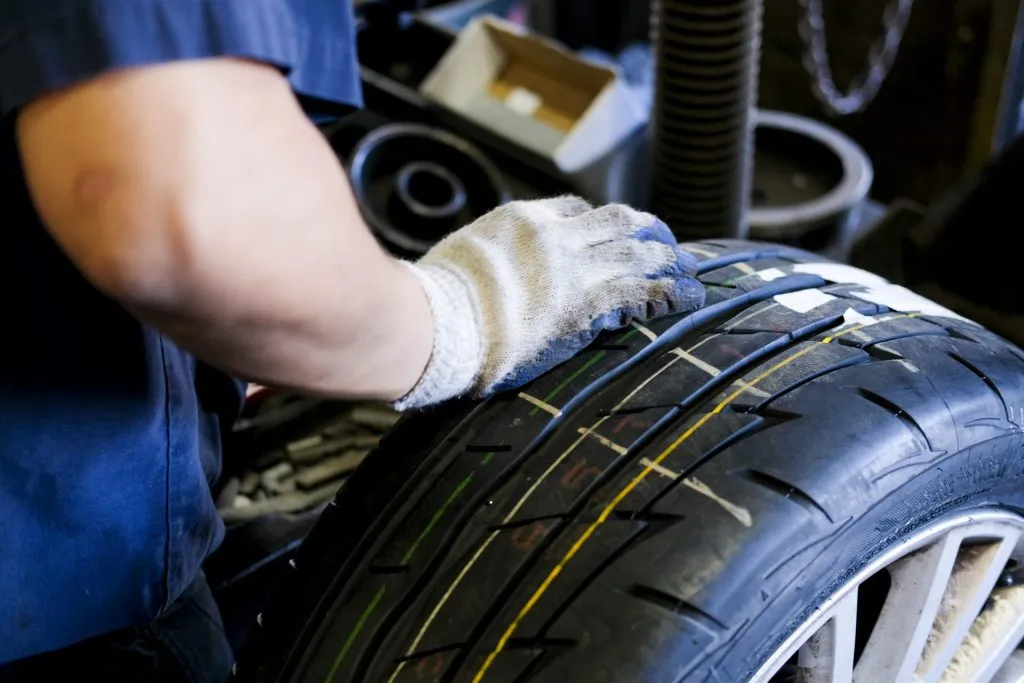
Symptoms of Flat Spotted Tires
Here’s a list of the most noticeable symptoms of flat spots on tires that typically appear shortly after driving begins:
- Rhythmic thumping sound: One of the most common symptoms is a repeating noise caused by the uneven contact patch hitting the road each time the wheel rotates.
- Vibrations in the steering wheel: The car may shake slightly or noticeably due to the tire’s distorted round shape.
- Bumping noise: A dull, repetitive sound is one of the flat spots on tires symptoms, which appears after the vehicle has been parked for a long time.
- Pulling to one side: If the weight isn’t evenly distributed, the car may drift or pull to one side while driving straight.
- Reduced grip and handling: The tire’s contact patch may be compromised, affecting traction and steering precision.
- Visual flat area: Upon inspection, a flattened section on the tire surface might be visible, especially after sudden braking.
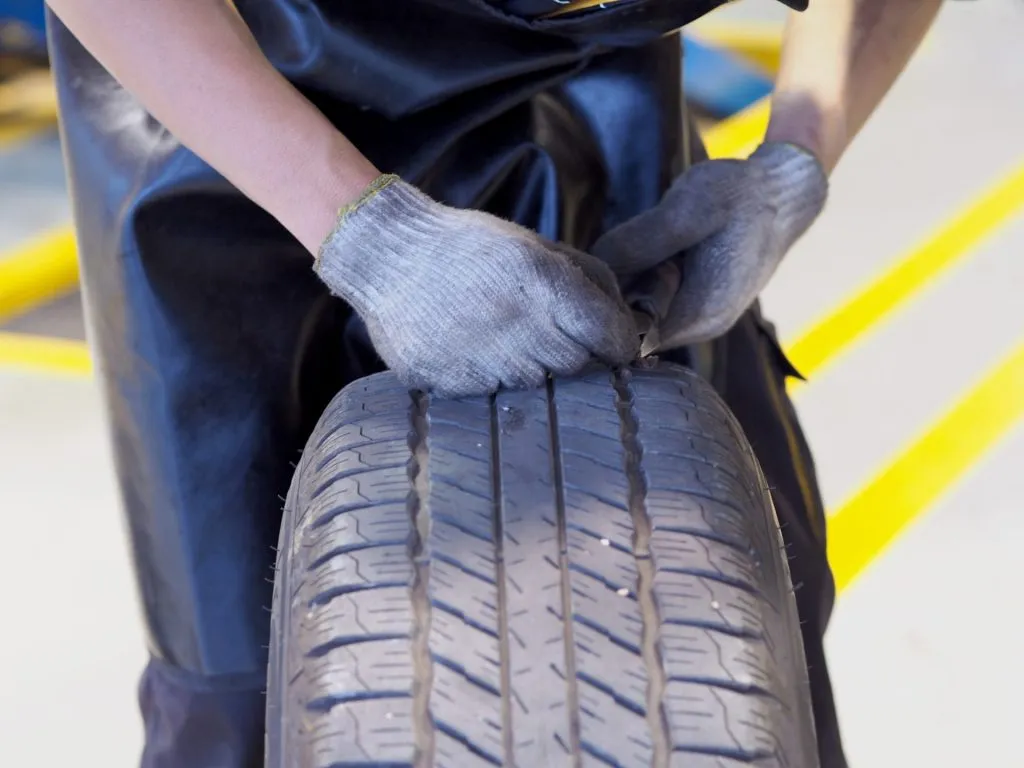
Common Causes of Flat Spots
Here is a list of the most common reasons why flat spotting happens to your car or vehicle:
- Long-term parking: When a car is parked in the same spot for an extended period, the vehicle’s weight presses down on one section of the tread, creating a tyre flat spot.
- Sudden braking at high speeds: Emergency stops can lock the wheels, causing instant flat spotting as the rubber skids along the road instead of rolling.
- Low tire pressure: Low air pressure allows more load to press on a smaller contact patch, resulting in unusual wear patterns and flat spotting over time.
- Drivingwith overheated tires: Heat buildup softens the rubber at high speeds, which can deform easily and result in flat spotting.
- Old or degraded tires: Aged rubber loses elasticity, making other tires on the car more prone to developing flat spots and needing car tires repair, especially if left unused for weeks.
- Storage without jack stands: Leaving a car parked for long periods without jack stands increases the risk of a flat spot forming due to continuous pressure on the same tread area.
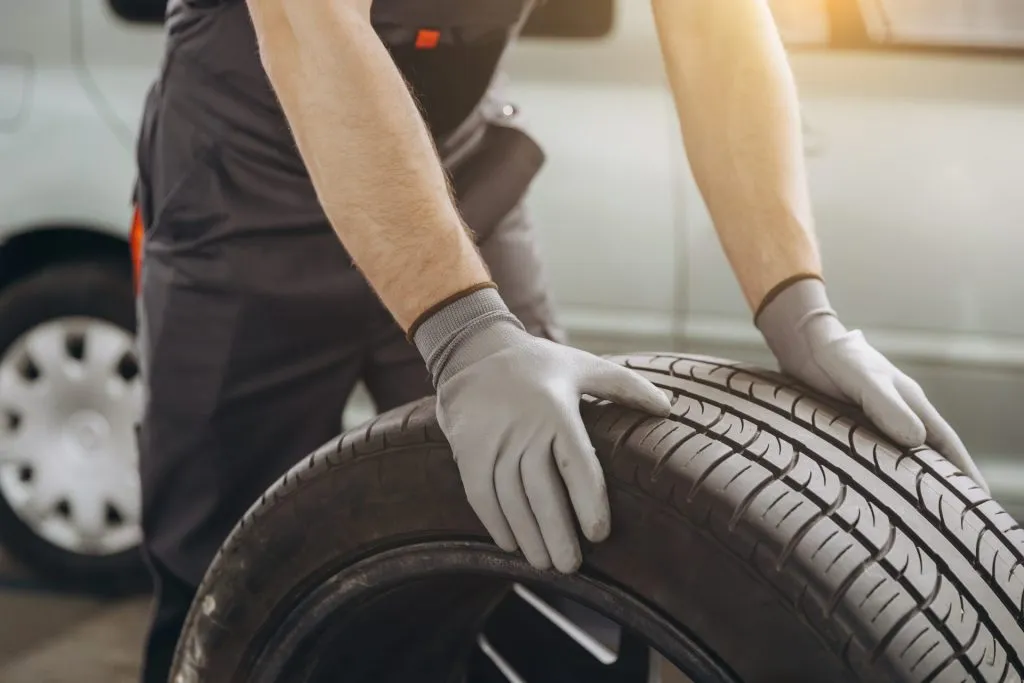
How to Prevent Flat Spots on Tires
There are effective ways to prevent flat spotting, especially if your car is parked for long periods. Here’s what to do:
- Driving the vehicle regularly: Shifting the car even slightly helps prevent pressure from staying on one spot, significantly reducing the risk of flat-spotting.
- Rotate parking position: Changing where the car is parked spreads the ground pressure on the tires and reduces the chance of flat spotting.
- Use jack stands or tire cradles: Lifting the car slightly off the ground during storage removes weight and helps prevent flat spotting.
- Check the air pressure: Keep tires inflated to manufacturer recommended levels to support the vehicle properly and reduce deformation during storage.
- Avoid storing the car for long periods on cold concrete: Cold, hard surfaces increase the chance of flat spotting. If possible, park on rubber mats.
- Notice tire age and condition: Older tires are more likely to develop flat spotting, so inspect them before and after long storage.

Can Flat Spots Be Fixed
Flat spotting can sometimes resolve independently, especially if it’s soft. As the vehicle starts driving and the tires warm up, the flat spotting may gradually disappear. However, consider that the flat spot on the tire has altered the tread or caused structural issues. In that case, professional tire service may be necessary to inspect and rebalance the tire or recommend its replacement in severe cases. Persistent flat spotting can affect ride quality and should not be ignored.
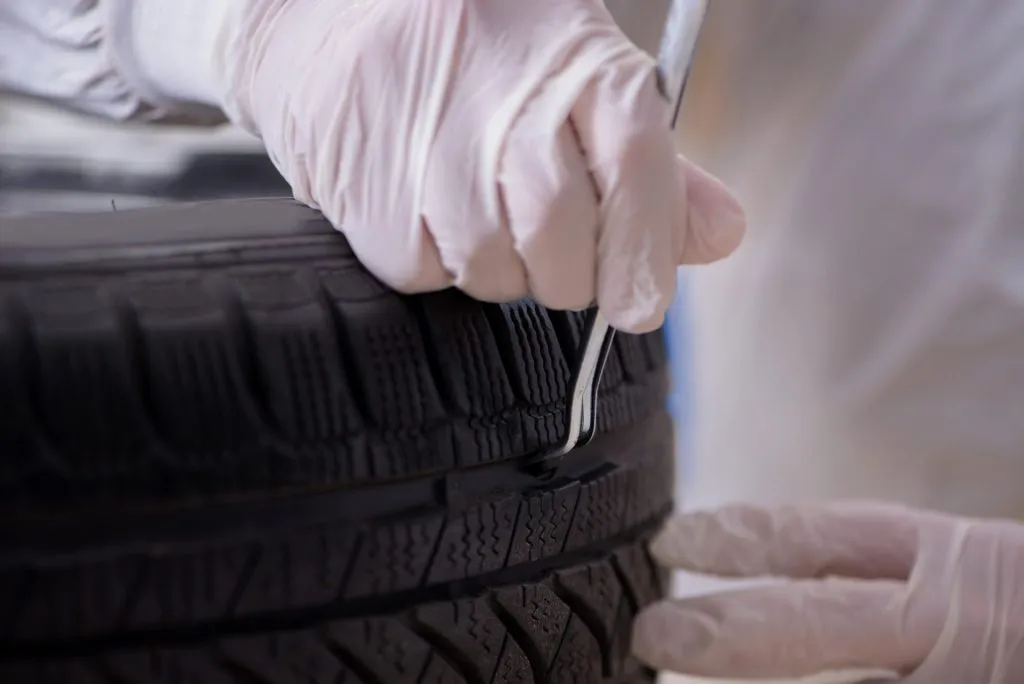
When to Replace Tires with Flat Spots
Not all flat spots mean a tire must be thrown out, but replacement is the safest decision in some cases. Below are situations when replacing the tire is strongly recommended:
- Visible permanent damage: If the flat spot doesn’t disappear after consistent driving, or the tread shows deep uneven wear, replacement is probably necessary.
- Old or worn tires: If the vehicle has tires with old rubber or shallow tread, the decision to repair should favor replacement, even if the flat spotting is insignificant.
- Side-by-side wear comparison: If one tire has a noticeable flat area when placed side by side with others, it may not perform equally and should be replaced.
- Expert recommendation: Always get a professional opinion. Only an experienced technician can check internal damage and help you avoid risks, and may also suggest a wheel alignment service to ensure your vehicle handles safely and evenly.
- Unsafe handling: If your vehicle shows vibration, steering issues, or instability even after rebalancing, it is safer to replace the tire rather than continue using a compromised one.
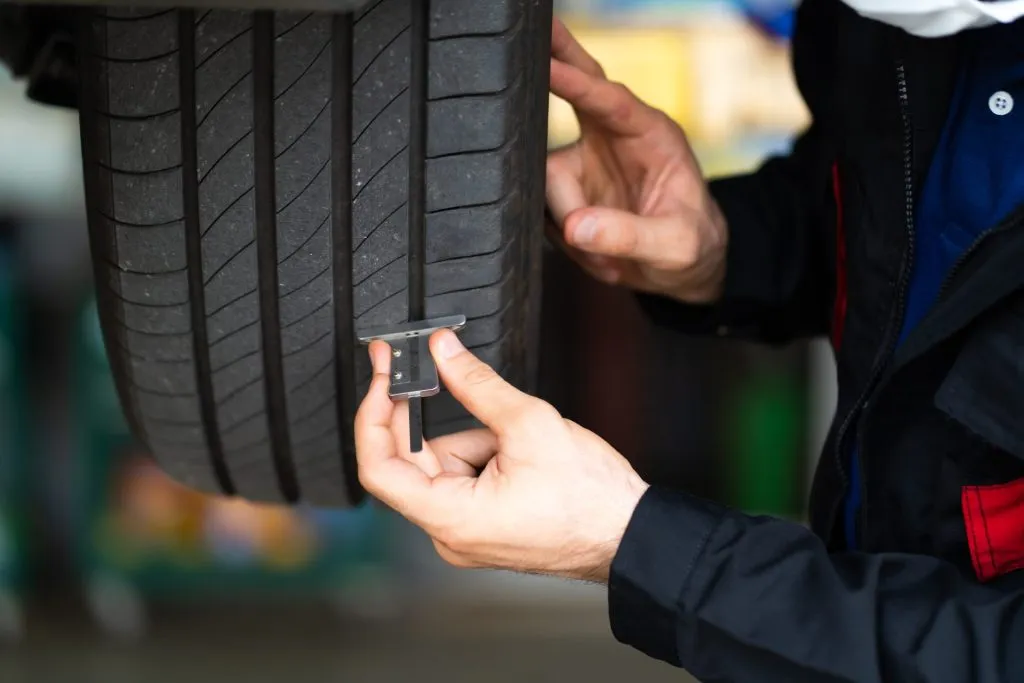
If you’re unsure whether your flat-spotted tire can be saved, visiting a trusted car service in Dubai is the best option. Specialists can assess the condition, provide professional advice, and ensure your safety on the road.




